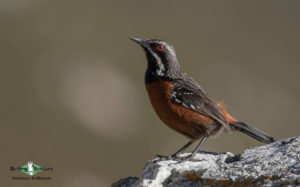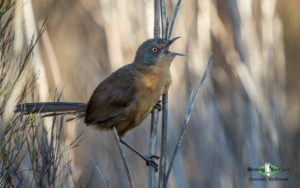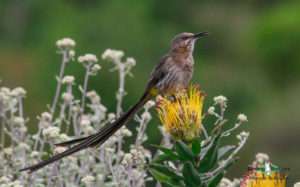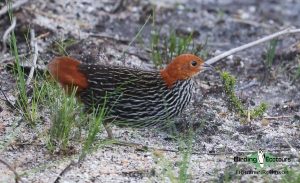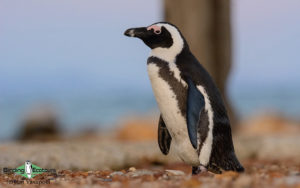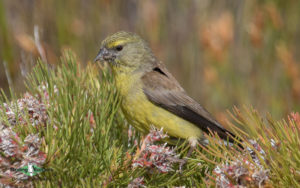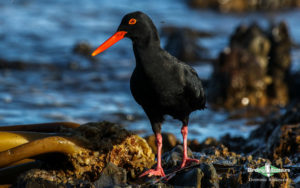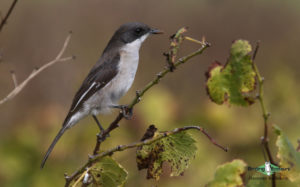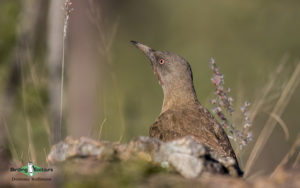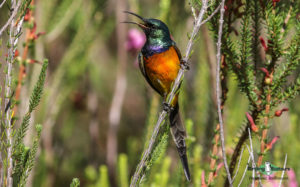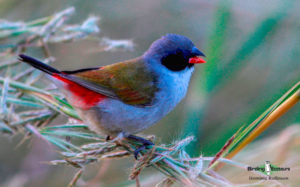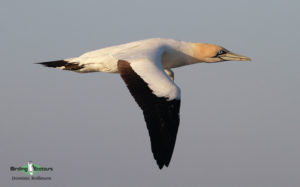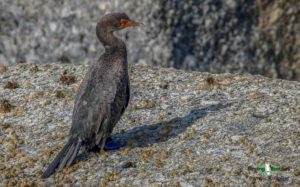1-day Cape Mountains and Fynbos Birding Tour
Go to: South Africa Day Tours | Full length South Africa birding tours | Birding Tours in Africa | All our birding tours
1-day Cape Mountains and Fynbos Birding Tour
This 1-day Mountain and Fynbos birding tour will give you a chance to see some of the Cape’s best scenery while taking in a number of its top birds, including Cape-fynbos endemics like Cape Rockjumper, Orange-breasted Sunbird, Cape Sugarbird, Cape Siskin, and Victorin’s Warbler. The Cape’s unique fynbos (one of the world’s six floristic kingdoms) has an amazing diversity of endemic plant species and because of this several bird species are endemic to the fynbos. This Cape Town birding tour targets many of these Cape endemics and takes in some spectacular scenery along the way. We recommend this Mountain and Fynbos birding tour if you are after some of the Cape’s charismatic and better-known endemic bird species, in particular Cape Rockjumper and Cape Sugarbird.
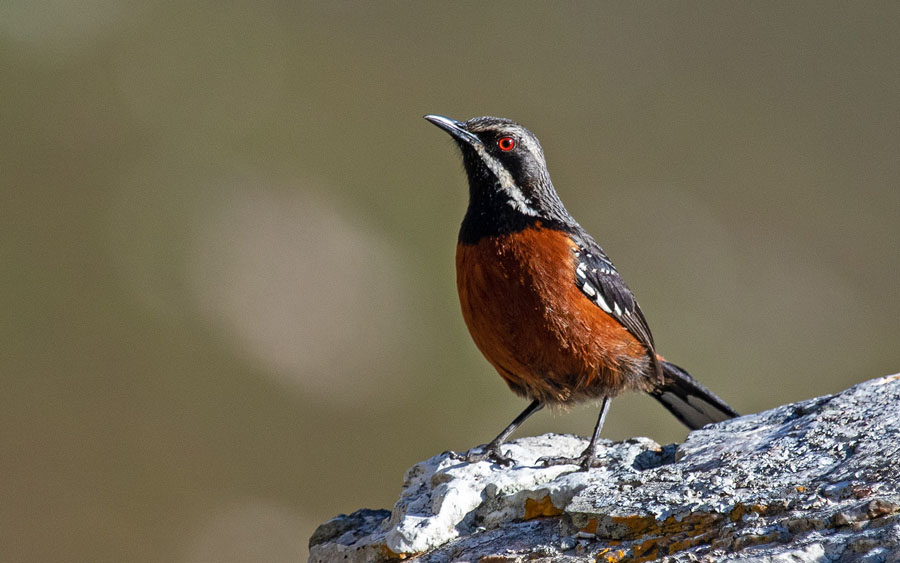
The below is just a rough guide for your Cape Town birding tour, and since this is run as a private birding tour it is completely flexible. Also, we try to fit a lot in today, so please be aware that all of it is time-permitting.
Our Mountain and Fynbos birding tour starts with one of the most beautiful coastal drives anywhere, first along a long, white, sandy beach, then along a rocky coastline where high Cape Fold mountains come right down to the sea. En route we may observe Southern Right Whales (winter) and other marine mammals close inshore. After a one-hour drive we will reach the village of Rooi Els, famous for hosting Cape Rockjumper. While looking for the rockjumper we also hope to find Cape Siskin, Orange-breasted Sunbird, Malachite Sunbird, Cape Rock Thrush, Neddicky, Ground Woodpecker, and Cape Grassbird. Sentinel Rock Thrush may be seen in winter and spring only but is normally tricky to find. We will keep a lookout overhead for raptors which breed nearby, such as Verreaux’s Eagle, Peregrine Falcon, Jackal Buzzard, and Rock Kestrel. In the nearby scrub we should find Yellow Bishop, Cape Sugarbird, Cape Bulbul, Grey-backed Cisticola, and Karoo Prinia.
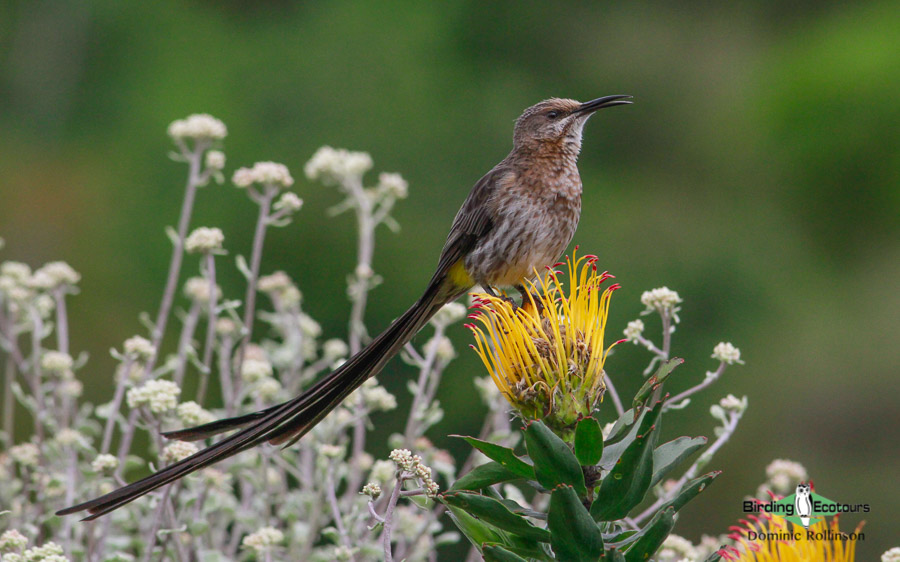
We will then continue driving beyond Rooi Els for about 20 minutes to the beautiful coastal village of Betty’s Bay. Here we can observe one of only three mainland African Penguin colonies, and we will also get good views of four species of cormorants (Bank, Cape, Crowned, and White-breasted Cormorants), while African Oystercatcher is often seen feeding along the rocky shoreline.
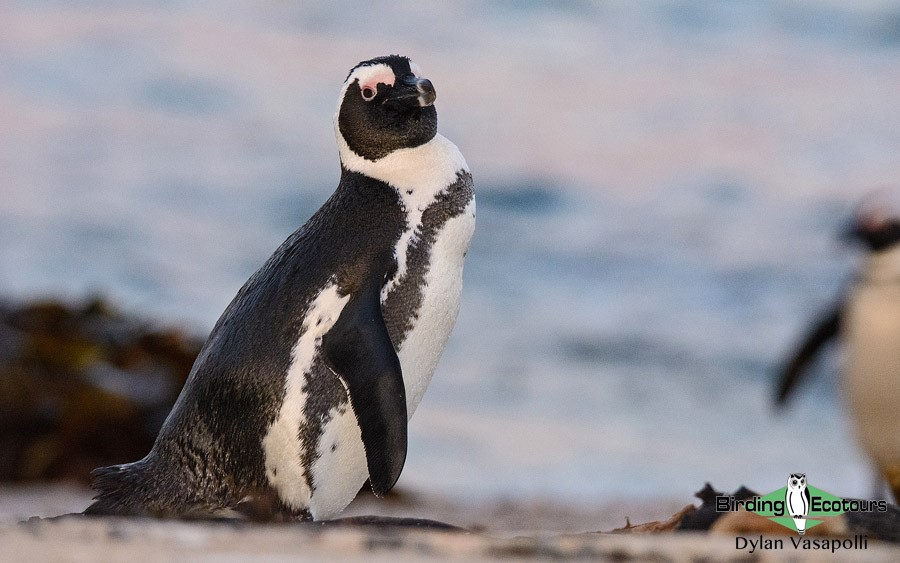
We next visit the nearby Harold Porter National Botanical Garden, hoping for another localized fynbos endemic, Victorin’s Warbler, along with Cape and Brimstone Canaries, Cape Spurfowl, Cape Batis, Cape Bulbul, Cape Robin-Chat, Fiscal Flycatcher, Southern Boubou, Black Saw-wing, African Paradise Flycatcher (summer), Southern Double-collared Sunbird, Swee Waxbill, and, as usual, so many others. Blue-mantled Crested Flycatcher and Olive Woodpecker both occur; but are found in low densities.
Finally, we will start heading back towards Cape Town. But, depending on time, we may stop at some productive wetlands en route. Here we often see wildfowl such as Cape and Red-billed Teals, Cape Shoveler, Maccoa Duck, Southern Pochard, and many others. Common waterbirds include Greater and Lesser Flamingos, Great White Pelican, African Oystercatcher, African Swamphen, Great Crested and Black-necked Grebes, various shorebirds, and African Marsh Harrier, as well as Little Rush and Lesser Swamp Warblers. In the surrounding scrub we may find Cape Bulbul, Karoo Prinia, Grey-backed Cisticola, and many more. The Eucalyptus stands occasionally host Black Sparrowhawk and African Harrier-Hawk, while Peregrine Falcon is occasionally seen harassing unsuspecting waterbirds.
From mid-July until early September, it is possible to target Striped Flufftail. Flufftails are notorious skulkers and Striped Flufftail is no different, however, our guides often know the whereabouts of territories and we have had good success showing clients this species. Outside of the early breeding season, this species is near impossible to see, and we do not target this particular species.
Fynbos Buttonquail does also occur nearby; however, it is notoriously difficult to see and requires a lot of walking through tough habitat. Therefore, we do not normally try for this species on this Cape Town birding tour; however, if you are particularly interested in the buttonquail, we can of course try for it.
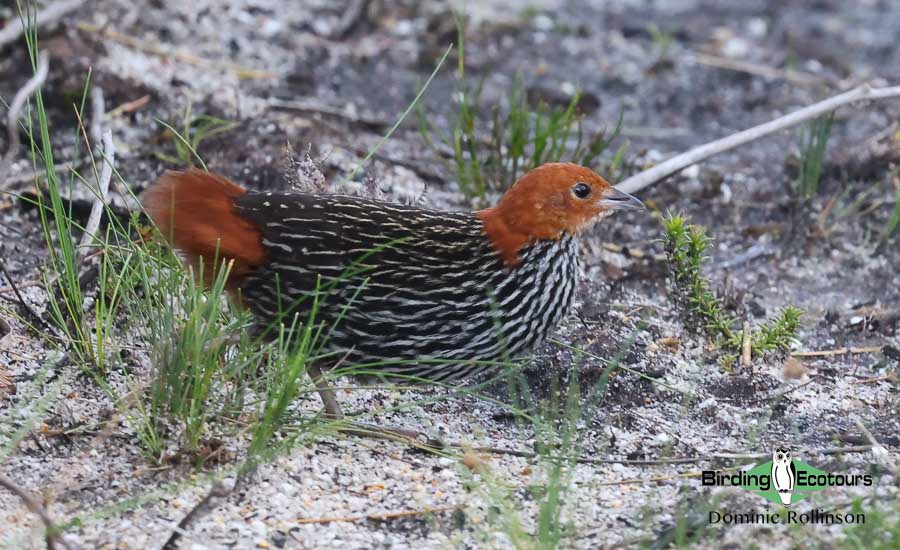
Protea Canary occurs in mountains further inland, and we can arrange day trips to look for this tough Cape endemic. It would, however, be a very rushed day to try squeeze it in on this Cape Mountains and Fynbos day tour, and we would suggest at least a full morning to concentrate on the canary! Please let us know if you are looking for Protea Canary and we can suggest a further customized day trip.
The guide for day trips is allocated only after you have booked, as all of them are run as private trips. But we always use the country’s top birding guides.
Download Itinerary